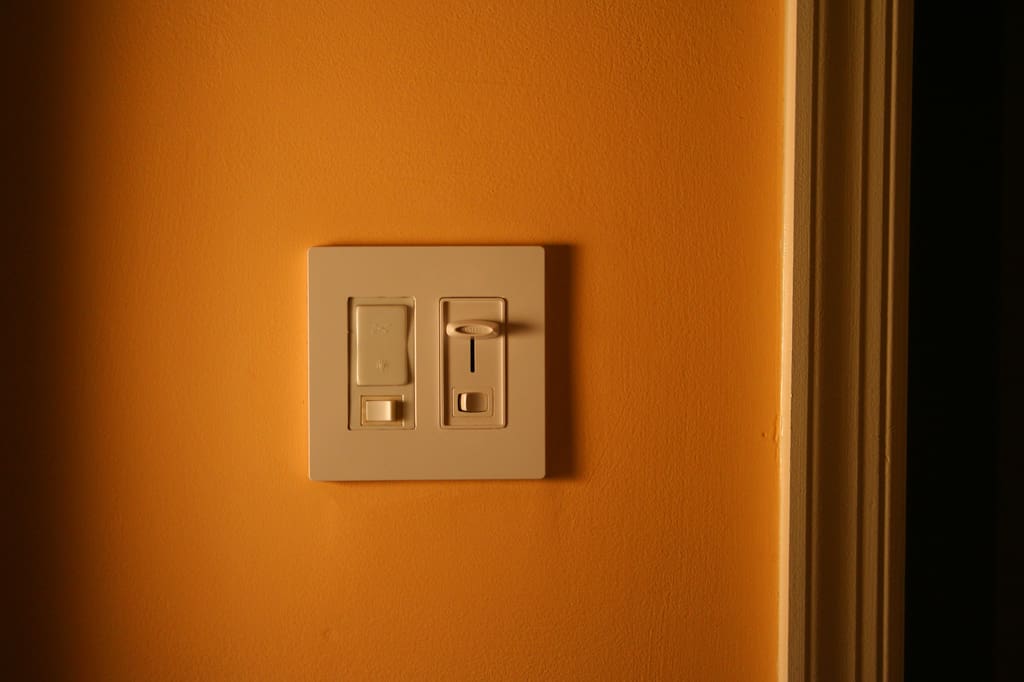Lighting controls play several roles in electric lighting systems. They turn lights on and off via a switch, adjust light output via a dimmer, and provide the right amount of light where and when necessary. Lighting controls also play an important role in energy efficiency and can help businesses reduce ongoing energy costs while boosting productivity, profitability, and competitive advantage.
By limiting the amount of power that your lighting system uses during operation, and operating your lighting system for less time, you can significantly reduce utility bills—especially during peak demand periods when charges are highest, such as in the hot summer months. Plus, you can use your energy cost savings to invest in additional, advanced lighting controls while enjoying a short payback period and high ROI.
By adopting the ASHRAE/IES model energy code, the U.S. Department of Energy has also mandated automated shut-off lighting controls throughout most of the country for buildings larger than 5,000 square feet. And California’s Title 24 is even stricter, requiring daylight controls in some areas. A great way to comply with regulations, save energy, and lower your utility bills is through occupancy sensors, just one important aspect of lighting controls. Occupancy controls are very effective in reducing energy consumption in areas that are unoccupied and provide a short ROI. Primarily used to either replace existing wall switches, mounted on ceilings, or integrated directly into light fixtures, occupancy controls detect occupancy within a designated space by leveraging one of more of the following technologies:
- Passive infrared—a specially designed lens divides space into zones and when a person moves between zones, the sensor turns on the lights. Passive infrared technology is ideal for small, enclosed spaces with frequent activity.
- Ultrasonic—by emitting silent sound waves into a space, ultrasonic sensors can detect minor motion activity, such as typing. Ultrasonic technology is ideal for offices with cubicles and bathrooms with stalls.
- Microphonics—to detect occupancy, this technology features a microphone inside a sensor and automatically adjusts to background noise.
Passive infrared occupancy sensors are the most common lighting controls used in commercial buildings today and Monterey Lighting Solutions offers a wide variety of controls from leading manufacturers, such as Sensor Switch, Wattstopper, and Cooper Controls to help you maximize energy savings and peak demand charges. All of our solutions meet the energy code requirements of California’s Title 24, which mandates reduced energy consumption for commercial and residential structures.
Contact Monterey today to take advantage of daylight dimming lighting solutions and learn how you can save up to 50 percent on your utility bills. Visitwww.montereycorp.com, send an e-mail to info@montereycorp.com, or call 909.397.8000.





